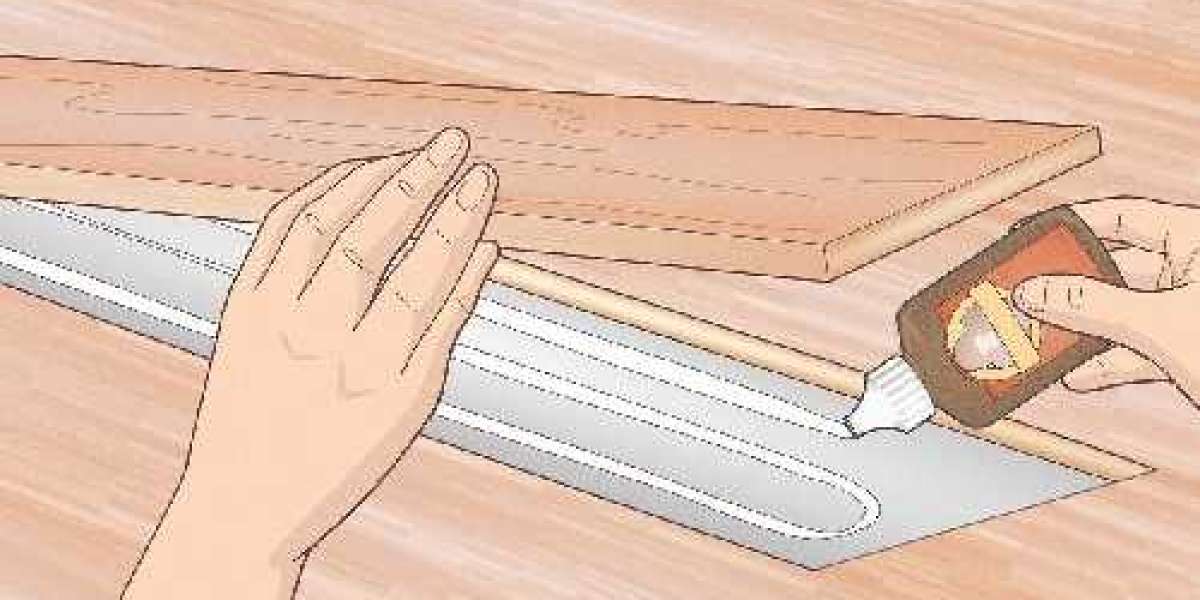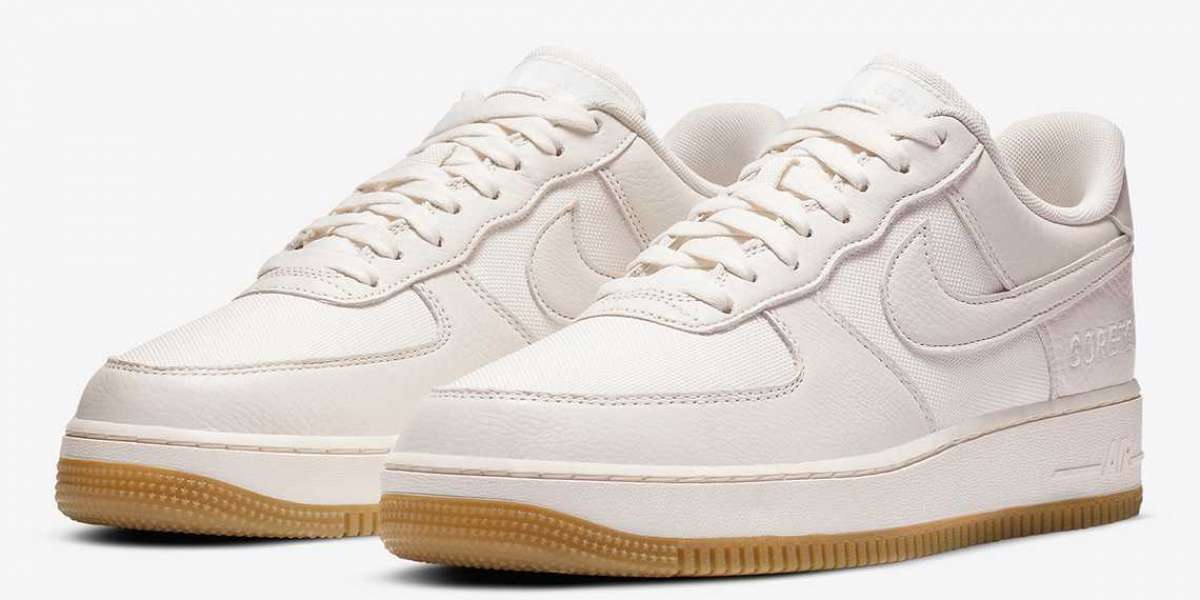Bamboo flooring is a popular choice for homeowners due to its durability, sustainability, and unique appearance. However, like any type of flooring, bamboo can suffer from wear and tear over time. Scratches, dents, and discoloration are all common issues that can detract from the beauty of your bamboo floors. Fortunately, with a little bit of know-how, it's possible to repair many of these issues and restore your floors to their former glory. In this article, we'll take a closer look at some of the most common bamboo flooring issues and how to fix them. For more details how to repair bamboo flooring
Scratches and Dents
Bamboo floors are highly scratch-resistant, but they're not completely scratch-proof. Over time, scratches and dents may appear due to heavy foot traffic, pet claws, or dropped objects. Fortunately, minor scratches can often be fixed using a simple bamboo flooring repair kit. These kits typically include a wax filler stick and a buffing pad. To use the kit, simply clean the scratched area with a soft cloth, then fill the scratch with the wax filler. Once the filler has dried, use the buffing pad to smooth out the surface of the repair. For deeper scratches or dents, you may need to use a more advanced repair technique, such as sanding and refinishing.
Discoloration
Bamboo flooring is known for its natural, light color, but over time, it may become discolored due to exposure to sunlight, spills, or wear and tear. Discoloration can be especially noticeable in areas where furniture or rugs have been placed. To fix minor discoloration, start by cleaning the affected area with a hardwood floor cleaner. If the discoloration persists, you may need to sand and refinish the area. This will involve using a floor sander to remove the damaged layer of bamboo and applying a new coat of finish to the area. For more severe discoloration or staining, you may need to replace the damaged bamboo planks altogether.
Cupping and Crowning
Cupping and crowning are two common issues that can occur with bamboo flooring. Cupping occurs when the edges of the bamboo planks rise higher than the center, creating a concave surface. Crowning is the opposite, where the center of the plank is higher than the edges, creating a convex surface. Both of these issues can be caused by moisture, temperature changes, or improper installation. To fix cupping or crowning, it's important to first identify the underlying cause. If the issue is caused by moisture or temperature, you may need to address the source of the problem before attempting any repairs. If the issue is due to improper installation, you may need to remove and reinstall the affected planks.
In conclusion, bamboo flooring is a beautiful and durable option for your home, but like any type of flooring, it may suffer from wear and tear over time. With the right tools and techniques, many common bamboo flooring issues can be easily repaired, allowing you to enjoy your floors for years to come. Whether you're dealing with scratches, discoloration, or cupping and crowning, it's important to take the time to identify the underlying cause of the problem and use the appropriate repair technique for your specific situation. With a little bit of effort, you can restore the natural beauty of your bamboo flooring and keep it looking great for years to come.
Bamboo flooring is a popular choice for homeowners due to its durability, sustainability, and unique appearance. However, like any type of flooring, bamboo can suffer from wear and tear over time. Scratches, dents, and discoloration are all common issues that can detract from the beauty of your bamboo floors. Fortunately, with a little bit of know-how, it's possible to repair many of these issues and restore your floors to their former glory. In this article, we'll take a closer look at some of the most common bamboo flooring issues and how to fix them.
Scratches and Dents
Bamboo floors are highly scratch-resistant, but they're not completely scratch-proof. Over time, scratches and dents may appear due to heavy foot traffic, pet claws, or dropped objects. Fortunately, minor scratches can often be fixed using a simple bamboo flooring repair kit. These kits typically include a wax filler stick and a buffing pad. To use the kit, simply clean the scratched area with a soft cloth, then fill the scratch with the wax filler. Once the filler has dried, use the buffing pad to smooth out the surface of the repair. For deeper scratches or dents, you may need to use a more advanced repair technique, such as sanding and refinishing.
Discoloration
Bamboo flooring is known for its natural, light color, but over time, it may become discolored due to exposure to sunlight, spills, or wear and tear. Discoloration can be especially noticeable in areas where furniture or rugs have been placed. To fix minor discoloration, start by cleaning the affected area with a hardwood floor cleaner. If the discoloration persists, you may need to sand and refinish the area. This will involve using a floor sander to remove the damaged layer of bamboo and applying a new coat of finish to the area. For more severe discoloration or staining, you may need to replace the damaged bamboo planks altogether.
Cupping and Crowning
Cupping and crowning are two common issues that can occur with bamboo flooring. Cupping occurs when the edges of the bamboo planks rise higher than the center, creating a concave surface. Crowning is the opposite, where the center of the plank is higher than the edges, creating a convex surface. Both of these issues can be caused by moisture, temperature changes, or improper installation. To fix cupping or crowning, it's important to first identify the underlying cause. If the issue is caused by moisture or temperature, you may need to address the source of the problem before attempting any repairs. If the issue is due to improper installation, you may need to remove and reinstall the affected planks.
In conclusion, bamboo flooring is a beautiful and durable option for your home, but like any type of flooring, it may suffer from wear and tear over time. With the right tools and techniques, many common bamboo flooring issues can be easily repaired, allowing you to enjoy your floors for years to come. Whether you're dealing with scratches, discoloration, or cupping and crowning, it's important to take the time to identify the underlying cause of the problem and use the appropriate repair technique for your specific situation. With a little bit of effort, you can restore the natural beauty of your bamboo flooring and keep it looking great for years to come.








